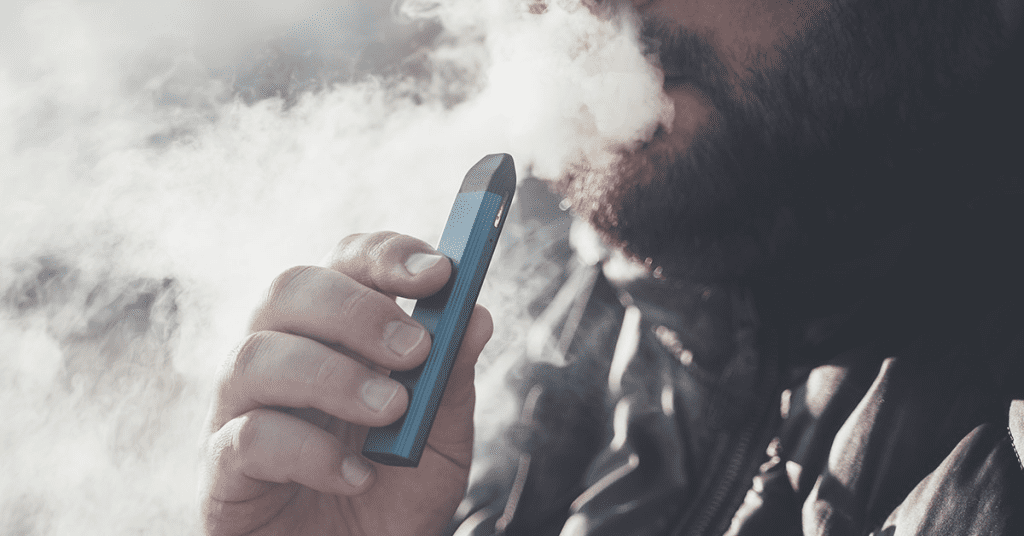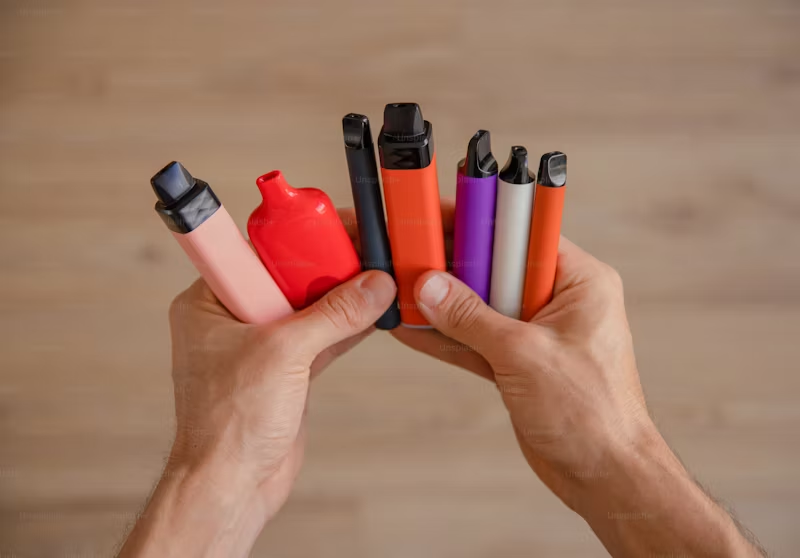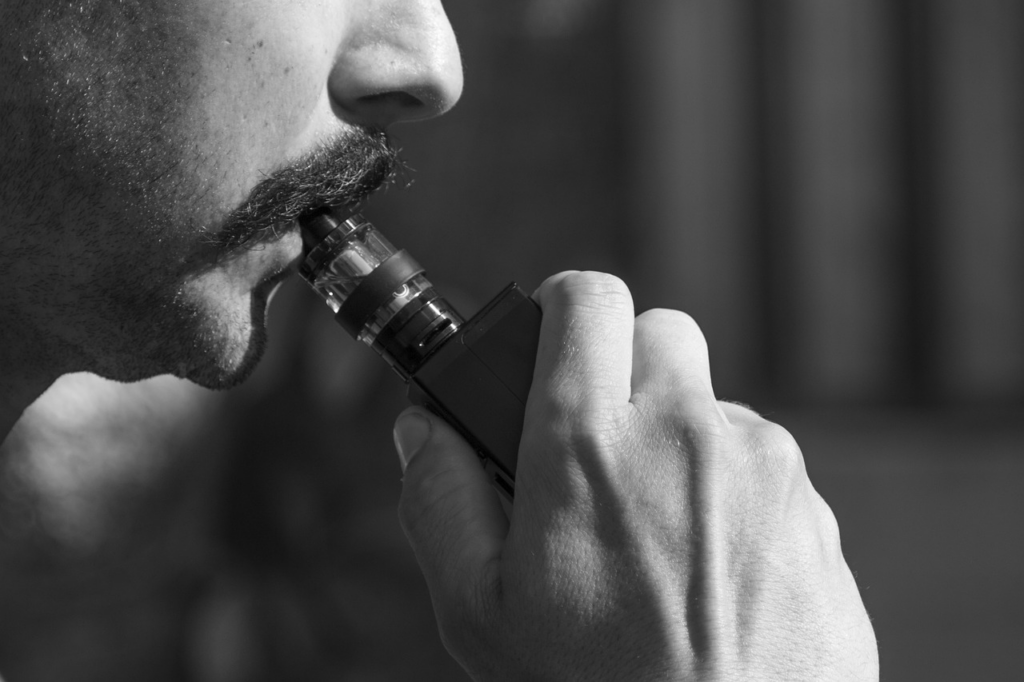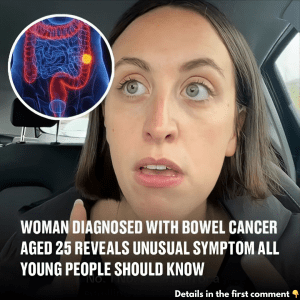Vaping has been marketed as a “healthier” alternative to smoking, but recent studies and simulations are exposing the dark truth. The shocking reality is that vaping may not be as harmless as once thought. In fact, inhaling vape smoke can have significant, long-lasting effects on your body, particularly your lungs. This article will break down the science behind vaping, the chemicals involved, and the hidden dangers that come with every puff.
The Rapid Rise of Vaping

Over the last decade, vaping has skyrocketed in popularity, especially among younger generations. Initially introduced as a safer alternative to traditional cigarettes, vapes quickly gained a reputation for being “cool” and “safe.” However, emerging evidence paints a very different picture.
Vaping devices use a battery-powered heating element to vaporize liquid, which often contains nicotine, flavoring agents, and other chemicals. What once seemed like a harmless habit is now showing signs of being just as damaging as, if not worse than, traditional smoking.
A Shocking Simulation: The Impact of Vaping on the Lungs
A recent simulation shocked the scientific community by demonstrating the severe effects of vaping on the lungs. When you inhale from a vape, harmful chemicals, such as diacetyl—commonly used in e-liquids to create buttery flavors—can cause bronchiolitis obliterans, a chronic lung disease known as “popcorn lung.” This condition scars and thickens the airways, making it difficult to breathe.
The simulation highlighted how the toxic mix of chemicals and vapor in e-cigarettes leads to mucus buildup and damages the alveoli—the tiny air sacs in your lungs responsible for oxygen exchange. Over time, these damaged lungs become far less efficient at delivering oxygen to the bloodstream.
Chemical Cocktail in Every Puff
What makes vaping particularly dangerous is the cocktail of chemicals present in e-liquids. Ingredients like propylene glycol and vegetable glycerin are commonly found in foods and cosmetics, but when vaporized and inhaled, their effects on the lungs are still largely unknown.
A 2015 study found that 39 out of 51 e-liquid flavors tested contained diacetyl, a chemical linked to severe lung damage. The problem? These chemicals aren’t heavily regulated, and the long-term effects of inhaling them are only beginning to surface. What was once considered safe could, in fact, be far more harmful when inhaled in vapor form.
How Vaping Damages Your Lungs
The cilia—tiny, hair-like structures in the lungs—play a critical role in keeping harmful bacteria and debris out of your airways. When you vape, these cilia are “paralyzed,” meaning they can’t do their job effectively. This paralysis can last for weeks, leaving your lungs vulnerable to infections, inflammation, and long-term damage.
Over time, the constant exposure to harmful chemicals can result in a buildup of toxins in your lungs, leading to chronic conditions and making it more difficult for your body to fight off illness. For individuals who vape regularly, this means a higher risk of respiratory infections, bronchitis, and possibly even more severe lung diseases.
EVALI: The Risk of Vaping-Related Lung Injury

In 2019, the world was introduced to a new and dangerous condition: E-Cigarette or Vaping Associated Lung Injury (EVALI). By the end of that year, over 1,600 cases had been reported in the U.S., with at least 34 deaths. Most cases were linked to the use of black-market THC cartridges containing vitamin E acetate, a chemical that severely damages lung tissue.
However, EVALI isn’t just a concern for those using illicit cartridges. The condition has drawn attention to the broader risks associated with vaping. Even legal, regulated vaping products have been linked to lung inflammation and permanent damage. The reality is that vaping is far from the harmless alternative it was once thought to be.
The Hidden Dangers of Disposable Vape Cartridges
Beyond the chemical risks, there are hidden dangers inside the vape devices themselves. Disposable vapes contain components like lithium batteries, plastic, and heating elements. When vapes are used or discarded improperly, these components can leak harmful materials into the environment.

But the environmental risk is just the tip of the iceberg. Poor manufacturing practices in unregulated or counterfeit vapes can expose users to a range of toxic substances. These devices may contain materials that can leach harmful chemicals when heated, further endangering your health.
Dangerous Additives and Drug Contaminants
Perhaps one of the most alarming risks of vaping is the presence of illicit substances in unregulated products. Recently, five teenagers in London were hospitalized after unknowingly inhaling vape liquids laced with spice, a synthetic drug. The contaminated vape caused serious health issues, including seizures and psychosis.
This incident is a stark reminder that, without strict regulation, vape liquids can contain dangerous additives that pose serious health risks. From synthetic drugs to harmful chemicals, you never truly know what you’re inhaling if the product isn’t from a trusted source.
Why Quitting Vaping is More Important Than Ever

Given the mounting evidence of the dangers of vaping, quitting is crucial for anyone who values their long-term health. The nicotine addiction that comes with vaping makes quitting difficult, but the consequences of continuing are far worse. Nicotine withdrawal may cause irritability, anxiety, and insomnia, but these symptoms are temporary.
Many resources are available to help people quit, including counseling, nicotine replacement therapy, and support groups. By quitting now, you can reduce your risk of lung damage, heart disease, and the many other potential health risks associated with vaping.
Vaping Is Not Harmless: The Real Dangers You Face
Despite its initial reputation as a safer alternative to smoking, vaping has revealed its darker side. From harmful chemicals to potential lung disease, the risks are real and dangerous. If you or someone you know is vaping, it’s time to reconsider the long-term impact. Your health—and your future—could depend on the decision to quit.


